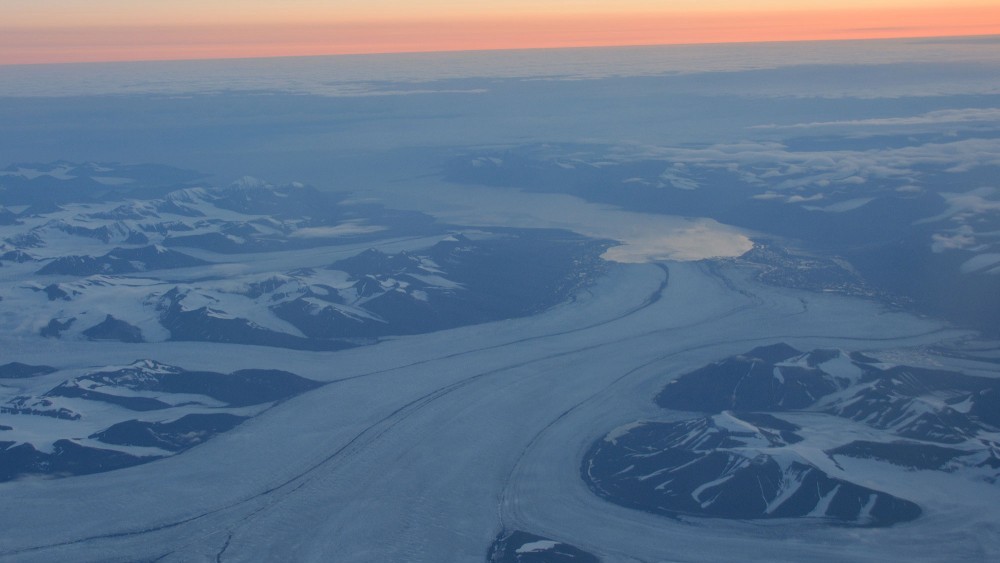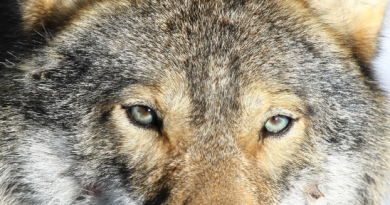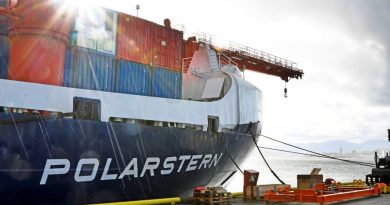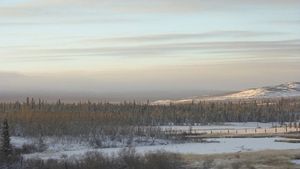From dirty coal mining to protected land, Norway expands national park on Svalbard

Important to protect the Van Mijen fjord as sea ice provides habitat for seals and polar bears, says Minister of Climate and Environment, Sveinung Rotevatn.
While Isfjorden (the Ice fjord) hasn’t seen sea ice over the last decade, the Van Mijen fjord on the west coast of Spitsbergen at the Svalbard archipelago still provides important winter and spring ice for polar bears to hunt for seals.
The Norwegian government on June 18 expanded what until now has been the Nordenskiöld Land national park by 2,914 square kilometers. The new name is Van Mijen fjord national park (map), covering areas all south towards the existing Sør-Spitsbergen national park.
“Our goal is for Svalbard to be one of the best-managed wilderness areas in the world. That requires us to implement measures to deal with climate changes, and pressure caused by increased traffic. The protection of the Van Mijen fjord and surrounding area is a direct response to this,” says minister Sveinung Rotevatn in a press release.
The minister will later in June travel to Svalbard for the official opening of the national park.
Dismantling mining, housing
Until a few years ago, big coal vessels sailed the Van Mijen fjord to load coal from the Svea mine. Today, work is in full swing to dismantle all mining and housing infrastructure at Svea, including the large port loading facility.
In total, the clean-up work after decades of coal mining is estimated to cost 706 million kroner (€74 million), the Barents Observer has previously reported.
Mining in Lunckefjell near Svea was halted in October 2016 and in 2019, the government decided to cease all further coal mining in the area. The mining company, Store Norske, is owned by the state.
Most of the former mining sites are included in the new national park.
With the closure of Lunckefjell and Svea, the only remaining operational coal mines on Svalbard are Mine 7 near Longyearbyen and the Russian mine in Barentsburg. Mining in the Russian settlement of Pyramiden stopped in 1998. Last summer, after days of record heat at Svalbard, water penetration from an above melting glacier caused flooding inside Mine 7, and production was halted for months.
Sea ice likely to last longest in fjord
Among the fjords on the west coast of Spitsbergen, the Van Mijen fjord is the one where experts believe sea ice will last longest as climate changes worsen the situation from year to year.
That makes it additionally important to protect the fjord, the Norwegian ministry of climate and environment argues.
There are seven national parks and twenty-three nature reserves at Svalbard, covering two-thirds of the archipelago.
Related stories from around the North:
Canada: Canada announces $1.43 million for Inuit protected and conserved area on Hudson Bay island chain, Eye on the Arctic
Finland: New national park proposed in Finnish Lapland, Yle News
Norway: WWF urges Norway to protect its Arctic forests to help fight climate change, The Independent Barents Observer
Russia: Russia adds small Arctic island to large national park, The Independent Barents Observer
Sweden: High-tech lasers to help Sweden build detailed maps of all its forests, Radio Sweden




Recently i heard one news about this sir..very excellent post. From dirty coal mining to protected land, Norway expands national park on Svalbard. Important to protect the Van Mijen fjord as sea ice provides habitat for seals and polar bears, says Minister of Climate and Environment, Sveinung Rotevatn.